Ida Applebroog at Hauser & Wirth: raw, confessional and darkly comical
At Hauser & Wirth Somerset, a major new show by Ida Applebroog takes viewers through a labyrinth of dark twists and sharp visions of the human condition
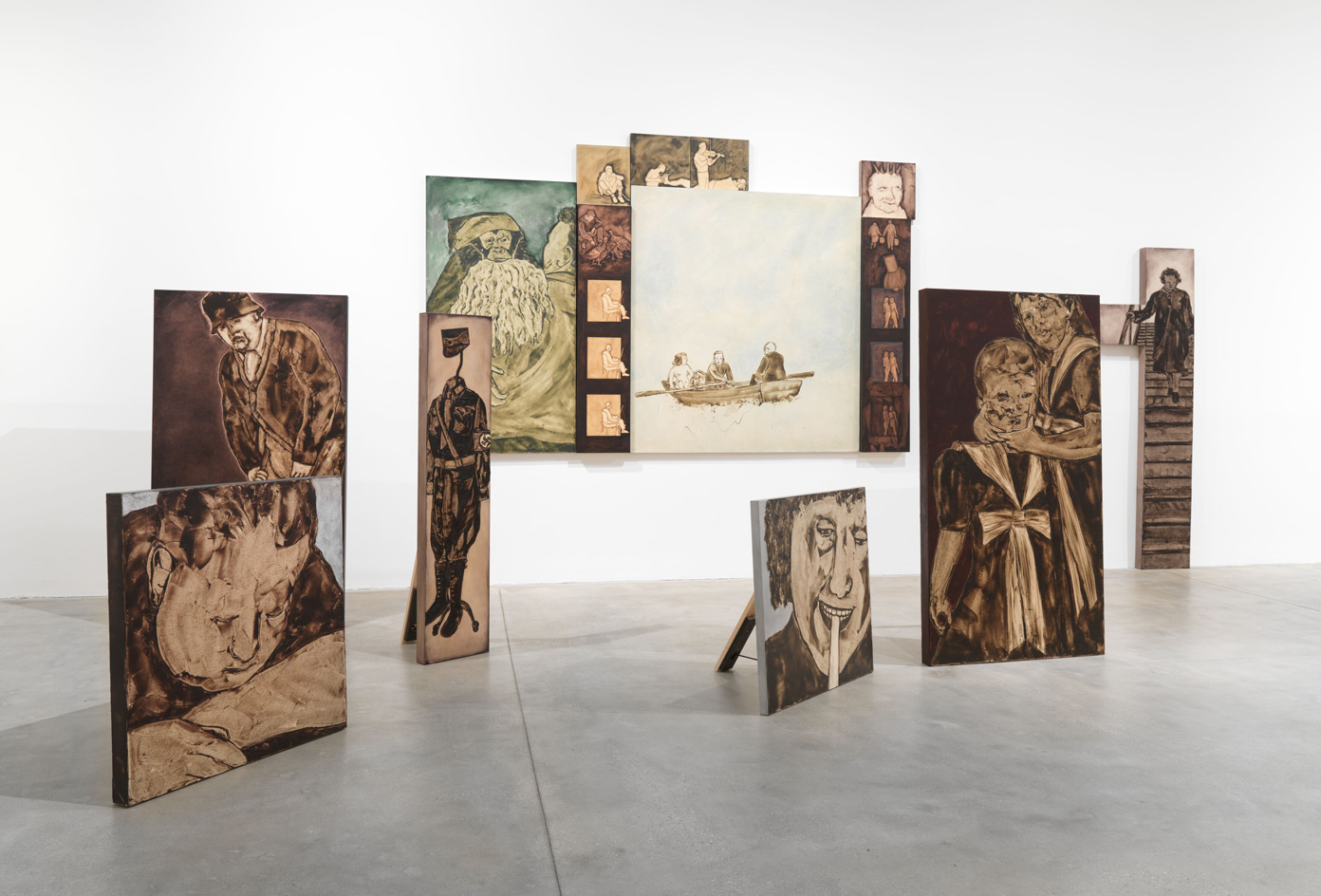
At 92, Ida Applebroog is still working away in her New York studio as she has done, on and off, for the last 50 years. But despite the long career and the indie pop star moniker, Applebroog has flown under the art star radar. She could have been a Kusama (with whom she shares a birth year and familiarity with psychiatric care), Kruger or Bourgeois, but something didn’t click or prevailing forces, personal and political, went against her.
‘Ida Applebroog: Right Up to Now 1969 – 2021’, a new show at Hauser & Wirth Somerset, makes clear that Applebroog, however underappreciated, is a key figure in American feminist art and American art per se. But also that her work, often raw, confessional, often dealing with dysfunctional relationships and male aggression, also has a dark wit, a way with aphorisms and an illustrator’s fine, engaging line. (The show is an edit of a larger survey that ran last year at Museo Reina Sofía in Madrid, the timing more evidence, perhaps, that the fates are determined on maintaining her low profile.)
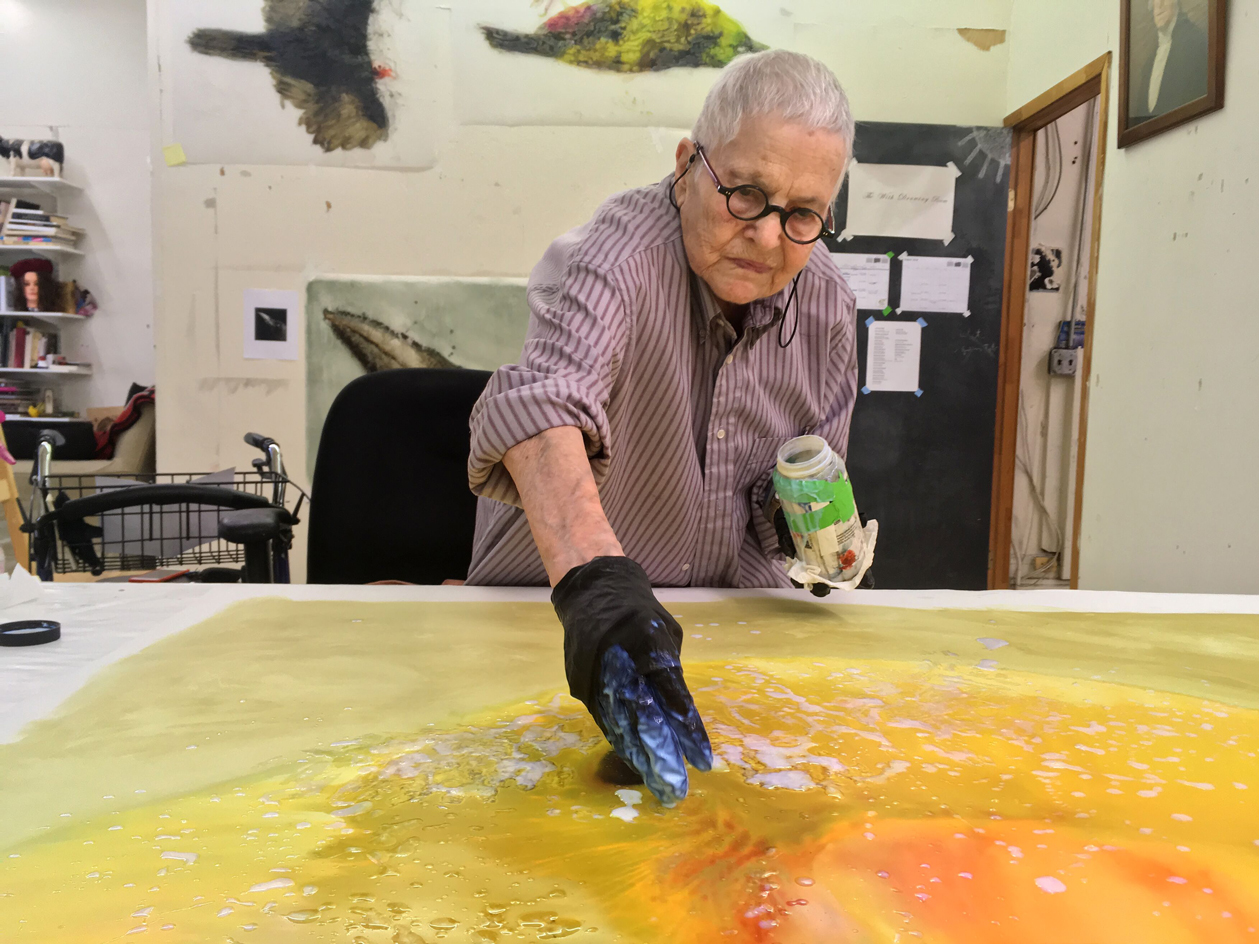
Ida Applebroog in her studio, 2018. Ida Applebroog
Applebroog is a name to conjure with and indeed she did magic it up, dropping her married name, Horowitz, and taking part of her maiden name, Applebaum. The renaming marked new momentum in her art career in the mid-1970s but it was not a happy rebirth, coming after a voluntary stretch in the psychiatric wing of San Diego’s Mercy Hospital for the treatment of deep depression.
Born to a strict orthodox Jewish family in the Bronx in 1929 – she was one of three girls, a series of disappointments to her parents, gender-wise at least. Applebroog studied graphic design and worked in the art department of an advertising agency (suffering Mad Men-style harassment and mauling) before freelancing as an illustrator for children’s books and greeting cards and taking a job in the art department of New York Public Library. (She might have become, had fate twisted in a different direction, the darker kind of New Yorker cartoonist or perhaps a feminist Robert Crumb.)
Instead, the family moved to Chicago in 1956 where Applebroog took art classes at the School of the Art Institute of Chicago, and then on to San Diego in 1968 where, aged nearly 40 and married with four children, her mental health quickly deteriorated. She was no fan of San Diego.
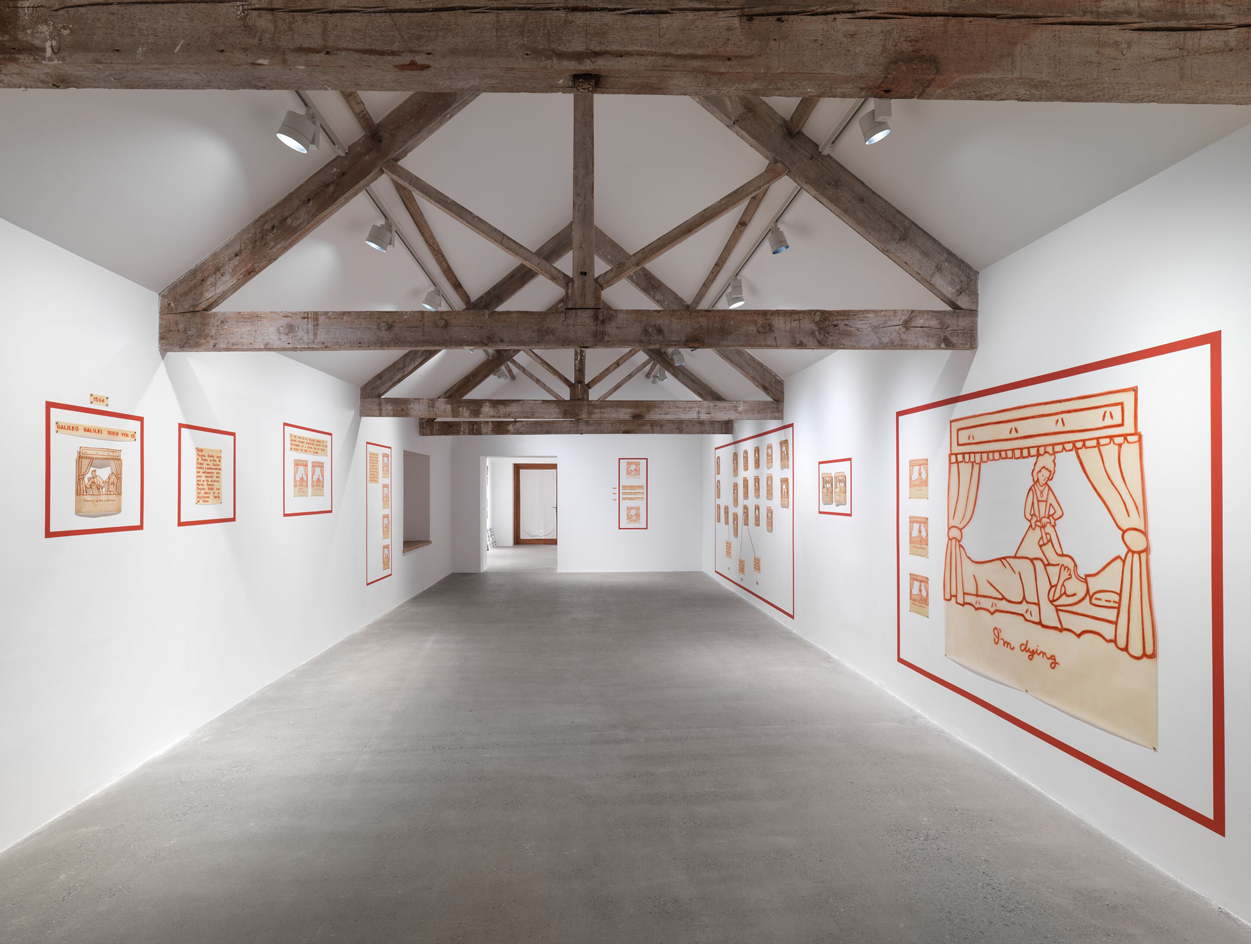
Installation view, ‘Ida Applebroog. Right Up To Now 1969 – 2021’, Hauser & Wirth Somerset, 2022 Courtesy the artist and Hauser & Wirth
At Mercy Hospital, she started to draw biomorphic forms, misshapen cells and odd internal organs. Out of hospital and influenced by Claes Oldenburg, she began to create a series of blobby, soft sculptures in muslin, shredded foam and rubberised cheesecloth. These works were never shown – Applebroog decided that they were accidentally too much like the work or Eve Hesse, an artist she was unaware of when she began the pieces – but photographs of them open the Hauser & Wirth show.
In the mid-1970s, after returning to New York, she started to work on a series of vignettes on Rhoplex, a sickly skin-like stand-in for vellum. They featured characters, often headless and genderless, trapped within theatre curtains and their fragmented thoughts. Later she started to self-publish books she called performances, series of cartoon film-stills, mundane and menacing with deep shadows. Life, argues Applebroog, is a performance. But more Beckett (she is a huge fan) than Broadway.
Wallpaper* Newsletter
Receive our daily digest of inspiration, escapism and design stories from around the world direct to your inbox.
In the 1980s and 1990s, she made oil paintings on different size canvases, often arranged in groups and shown both hung and as figures in a landscape, which she called Marginalias. They are mostly a dark, muddy blood colour of violence or the threat of violence, with bodies broken and haphazardly mended. Bad medicine is a regular theme in her work. (Queen Elizabeth II, in ‘work clothes’ rather than regal finery, also pops up in a number of Applebroog’s paintings, an unlikely everywoman.)
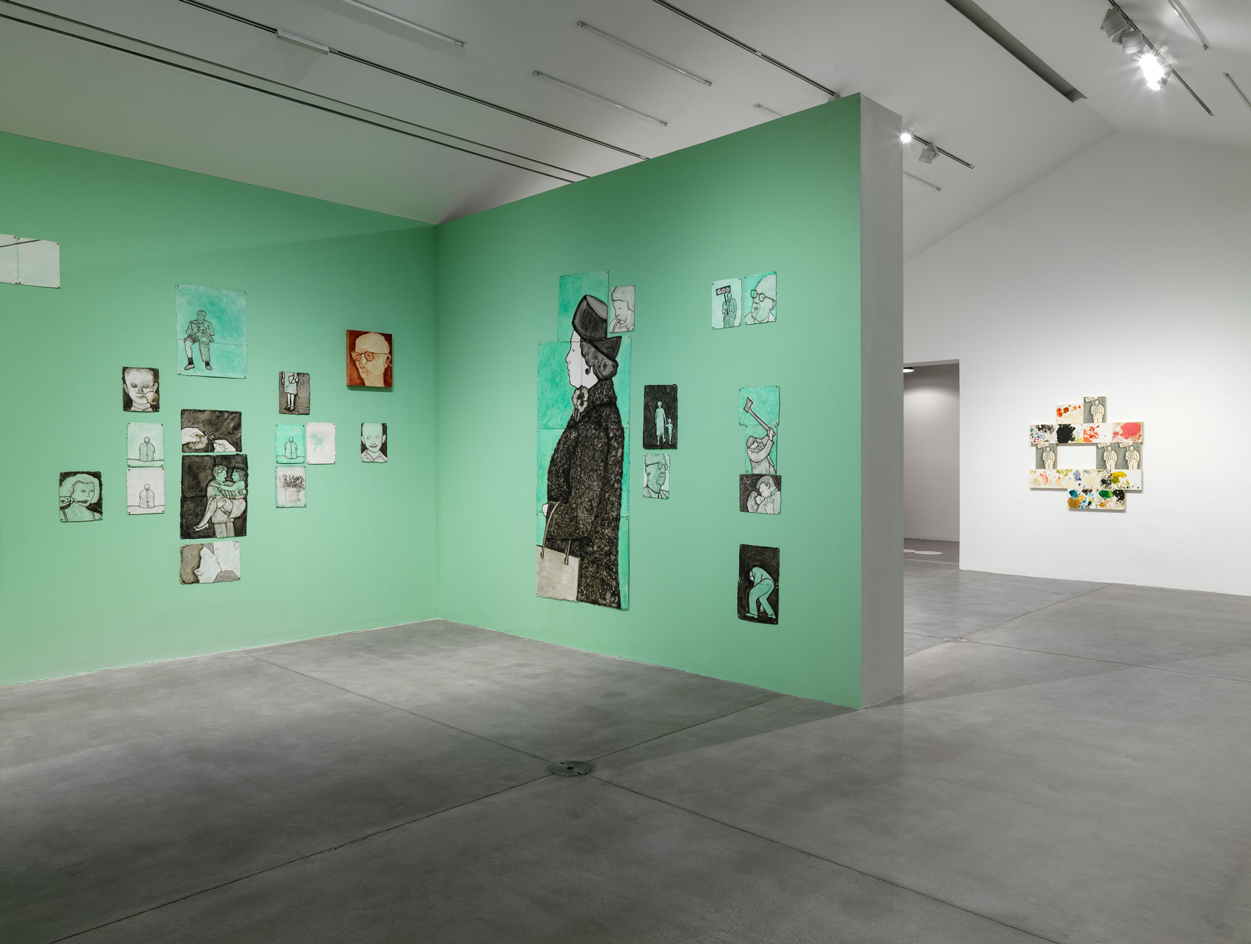
Installation view, ‘Ida Applebroog. Right Up To Now 1969 – 2021’, Hauser & Wirth Somerset, 2022 Courtesy the artist and Hauser & Wirth
During and after her stay at Mercy Hospital, Applebroog drew 150 remarkable sketches of her own genitals. Not forensic but assured, sometimes expertly drawn, sometimes almost abstract, they were intended as therapy but she decided to make them public in 2006 as Monalisa, which saw them scanned and printed on skin-like paper and displayed as the cladding of a room-sized wooden box. It’s a portrait both porous and entrapping. In 2012, continuing that personal excavation, she reprinted the journal she had kept in the mid-1970s and turned that too into an installation piece, including posters and tear sheets visitors could take away with them.
Applebroog’s subjects have mostly been people, figures, often just lines and without a landscape. Her 2016 series Angry Birds of America, then, feels like a radical left-run, darkly vibrant reworkings of John James Audubon’s iconic ornithological illustrations and her sly take on the rise of Trump. The works make clear that Applebroog – an admirer of Josef Albers – is an expert colourist and her newer works, which close the show, reveal more play with colour, abstraction and new technologies.
Applebroog is a hard artist to pin down – she shifts tone and medium – but then her art is about the act of pinning down. It is an art both deeply personal and deeply political but never posturing. And that background in ‘commercial art’ and the difficult history before becoming ‘Ida Applebroog’ give the work an odd staying power, a psychic timelessness, unfixed in any particular movement or moment or method. Like her name, Applebroog’s work is a unique invention.
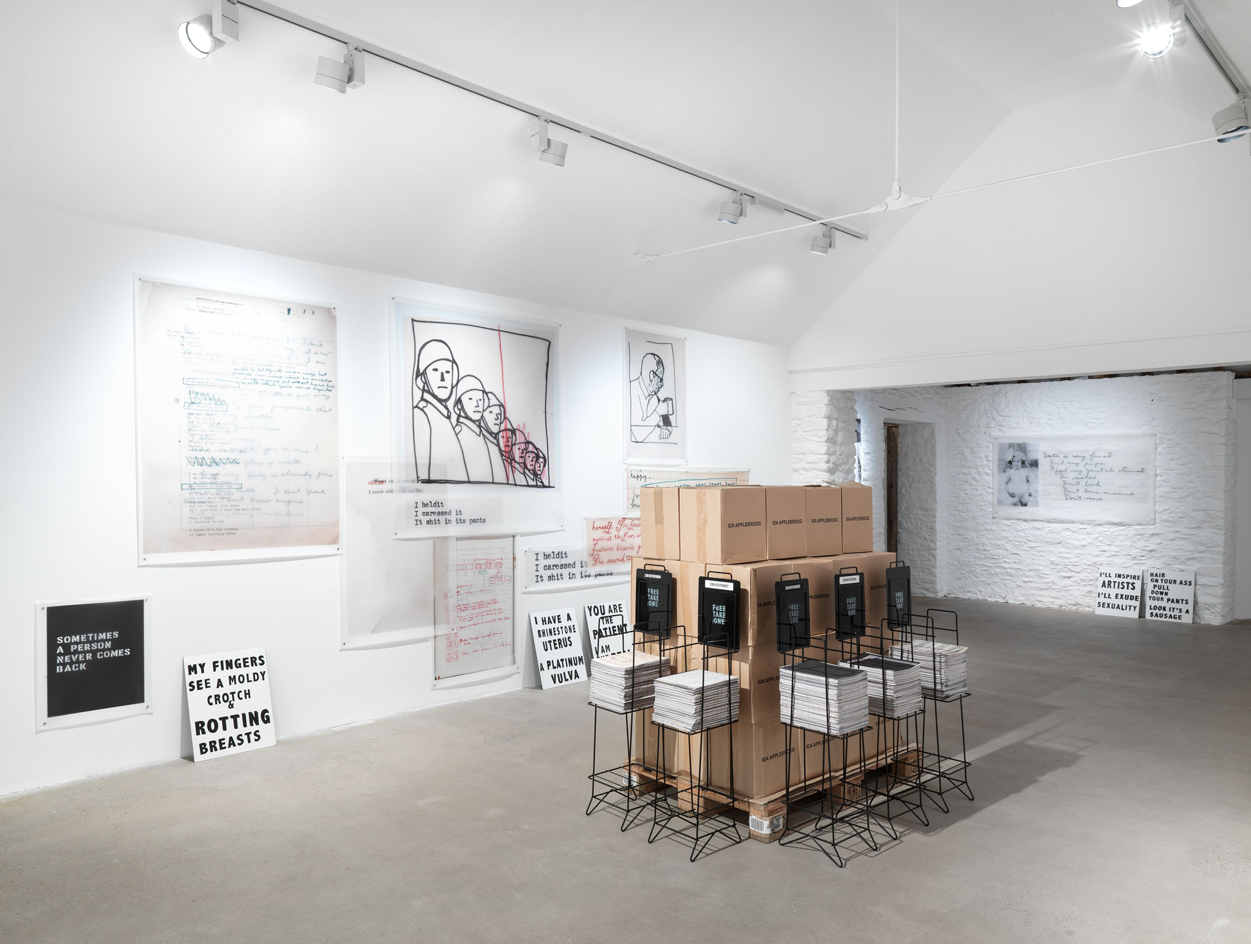
Installation view, ‘Ida Applebroog. Right Up To Now 1969 – 2021’, Hauser & Wirth Somerset, 2022 Courtesy the artist and Hauser & Wirth
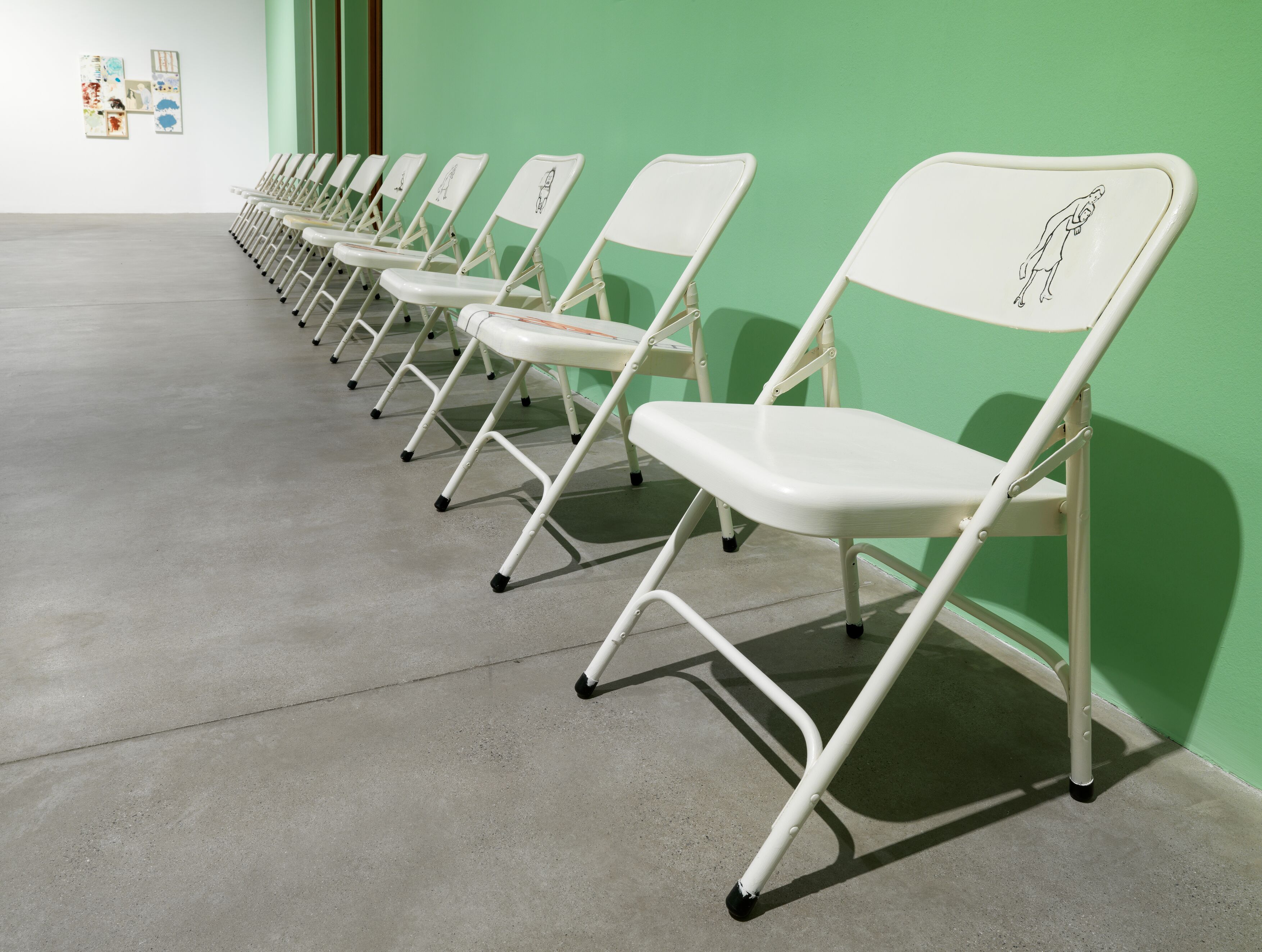
Installation view, ‘Ida Applebroog. Right Up To Now 1969 – 2021’, Hauser & Wirth Somerset, 2022 Courtesy the artist and Hauser & Wirth
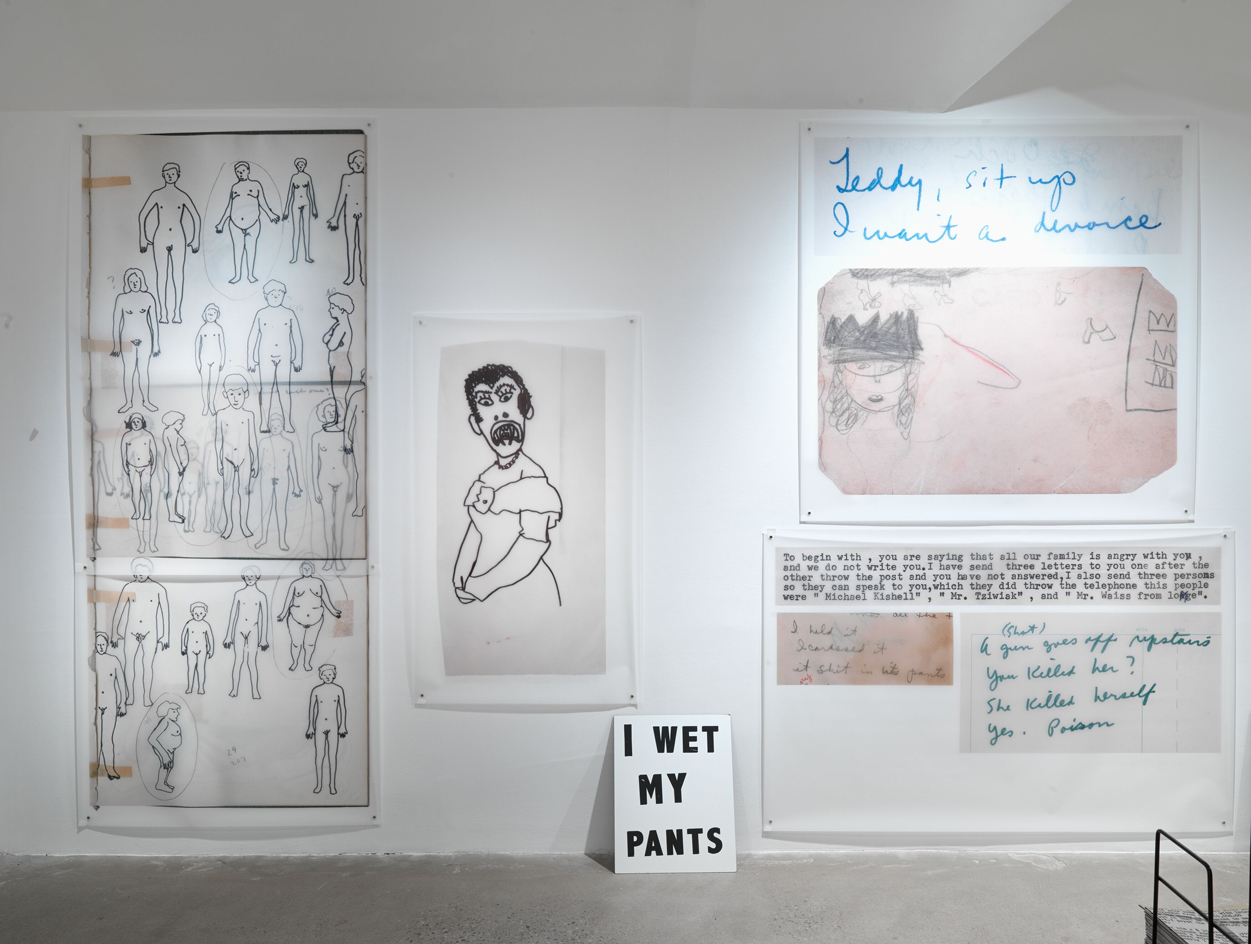
Installation view, ‘Ida Applebroog. Right Up To Now 1969 – 2021’, Hauser & Wirth Somerset, 2022 Courtesy the artist and Hauser & Wirth
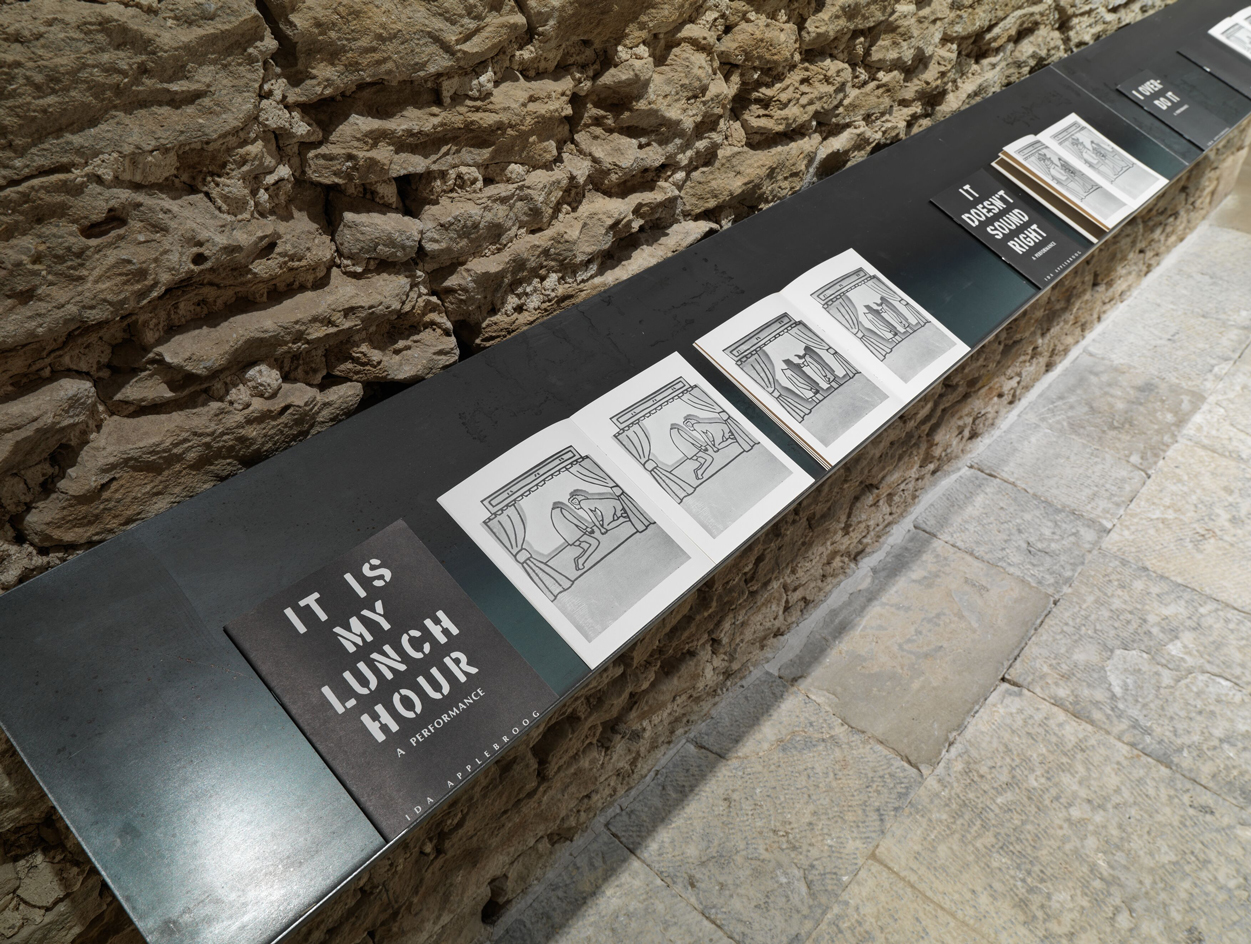
Installation view, ‘Ida Applebroog. Right Up To Now 1969 – 2021’, Hauser & Wirth Somerset, 2022 Courtesy the artist and Hauser & Wirth
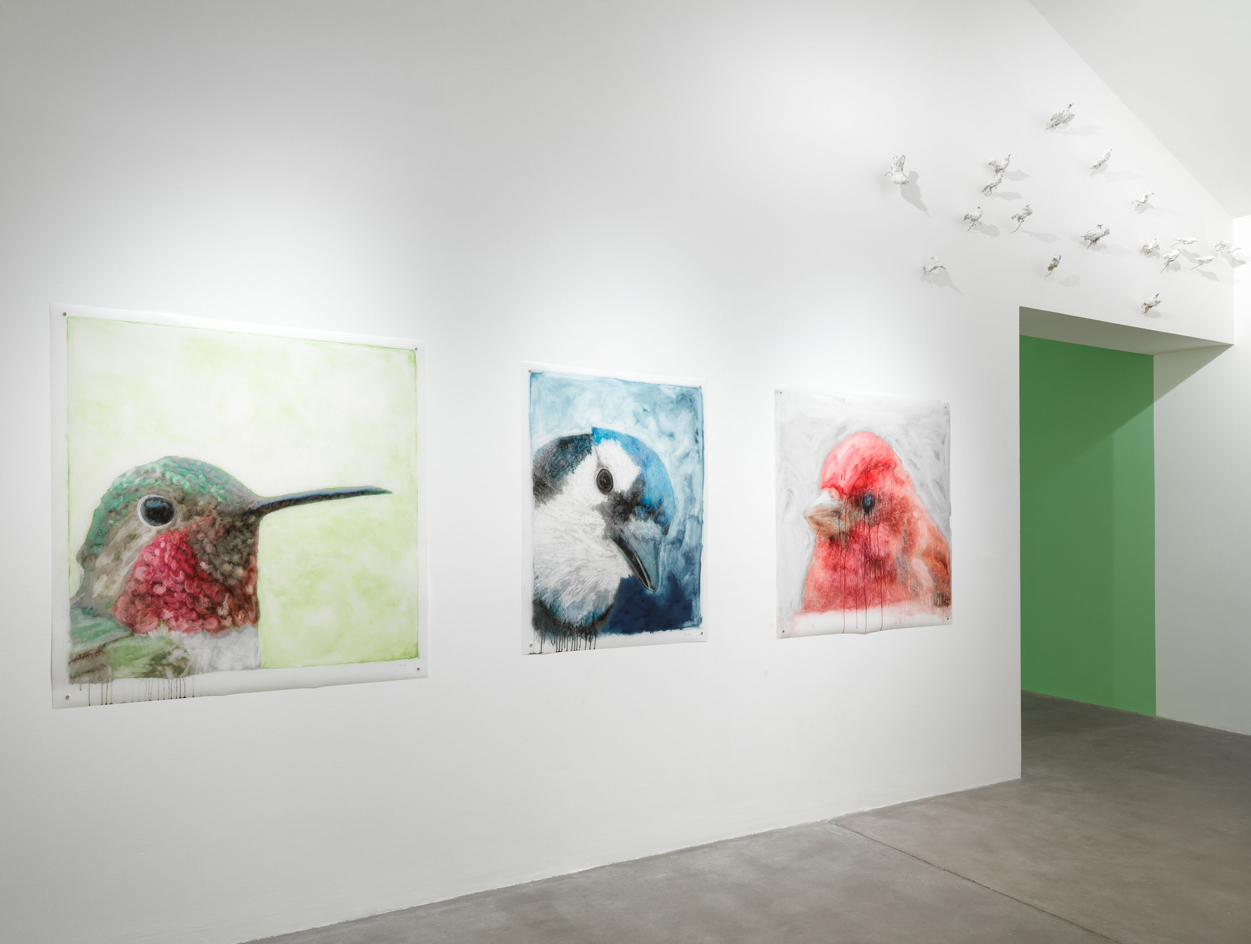
Installation view, ‘Ida Applebroog. Right Up To Now 1969 – 2021’, Hauser & Wirth Somerset, 2022 Courtesy the artist and Hauser & Wirth
INFORMATION
‘Ida Applebroog: Right Up To Now 1969 – 2021’ is at Hauser & Wirth Somerset, until 2 May 2022. hauserwirth.com
-
 Put these emerging artists on your radar
Put these emerging artists on your radarThis crop of six new talents is poised to shake up the art world. Get to know them now
By Tianna Williams
-
 Dining at Pyrá feels like a Mediterranean kiss on both cheeks
Dining at Pyrá feels like a Mediterranean kiss on both cheeksDesigned by House of Dré, this Lonsdale Road addition dishes up an enticing fusion of Greek and Spanish cooking
By Sofia de la Cruz
-
 Creased, crumpled: S/S 2025 menswear is about clothes that have ‘lived a life’
Creased, crumpled: S/S 2025 menswear is about clothes that have ‘lived a life’The S/S 2025 menswear collections see designers embrace the creased and the crumpled, conjuring a mood of laidback languor that ran through the season – captured here by photographer Steve Harnacke and stylist Nicola Neri for Wallpaper*
By Jack Moss
-
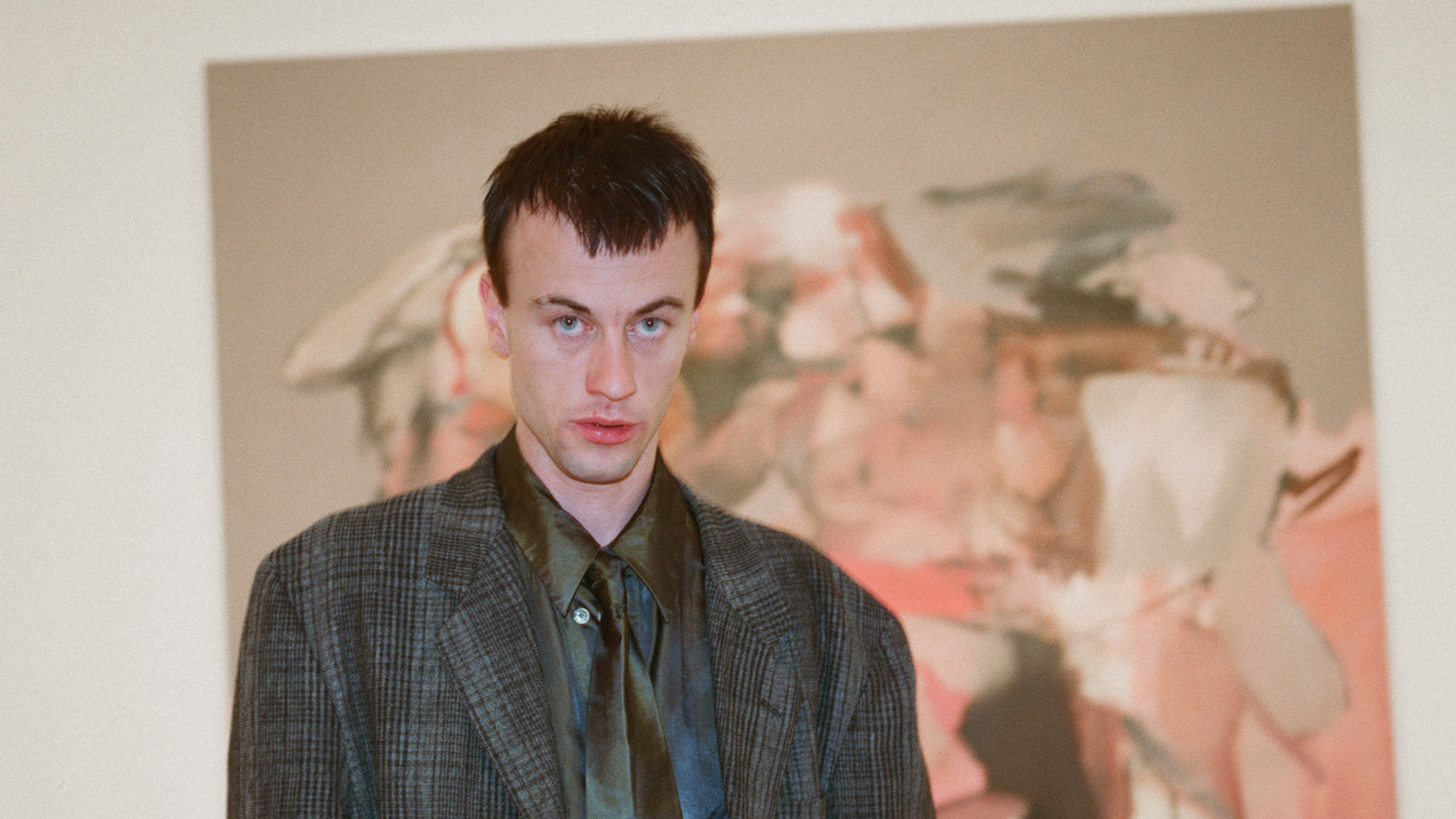 Inside the distorted world of artist George Rouy
Inside the distorted world of artist George RouyFrequently drawing comparisons with Francis Bacon, painter George Rouy is gaining peer points for his use of classic techniques to distort the human form
By Hannah Silver
-
 Inside Jack Whitten’s contribution to American contemporary art
Inside Jack Whitten’s contribution to American contemporary artAs Jack Whitten exhibition ‘Speedchaser’ opens at Hauser & Wirth, London, and before a major retrospective at MoMA opens next year, we explore the American artist's impact
By Finn Blythe
-
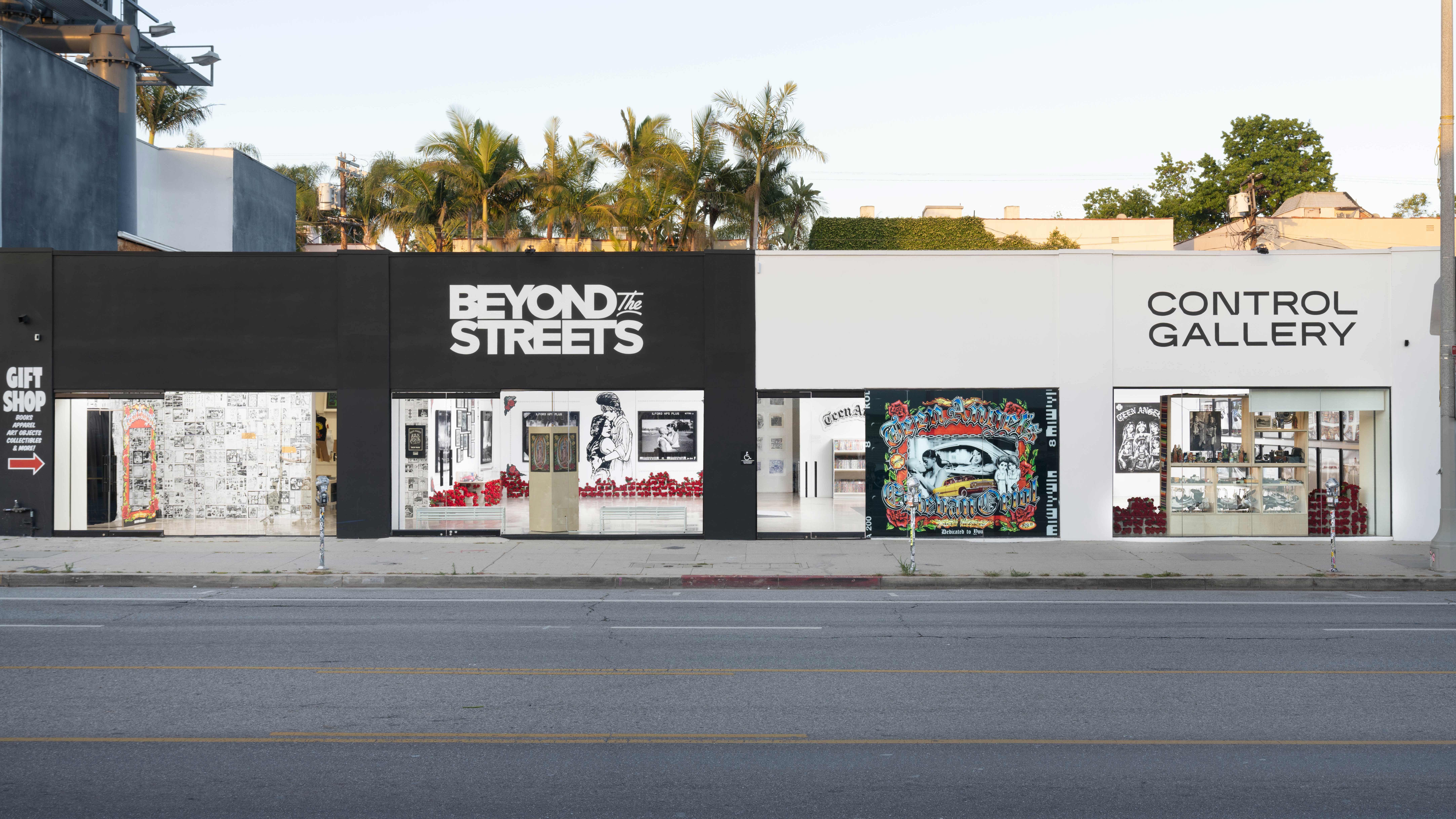 The lesser-known Los Angeles galleries contributing to a vibrant art scene
The lesser-known Los Angeles galleries contributing to a vibrant art sceneOutside of LACMA, MOCA and The Broad, these independent LA galleries are major players in the art world
By Kevin EG Perry
-
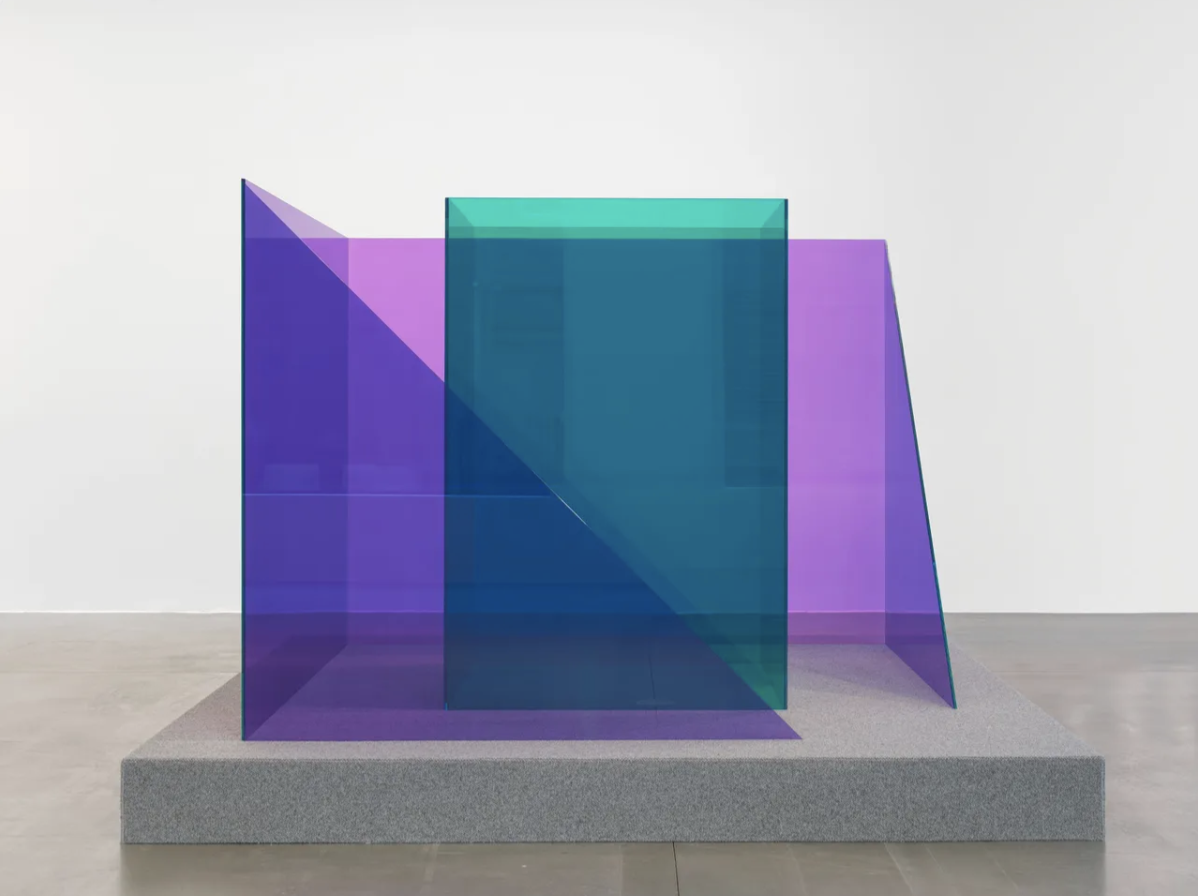 Larry Bell explores the ethereal nature of glass in Monaco
Larry Bell explores the ethereal nature of glass in MonacoLarry Bell's retrospective at Hauser & Wirth, Monaco, unites old and new work
By Finn Blythe
-
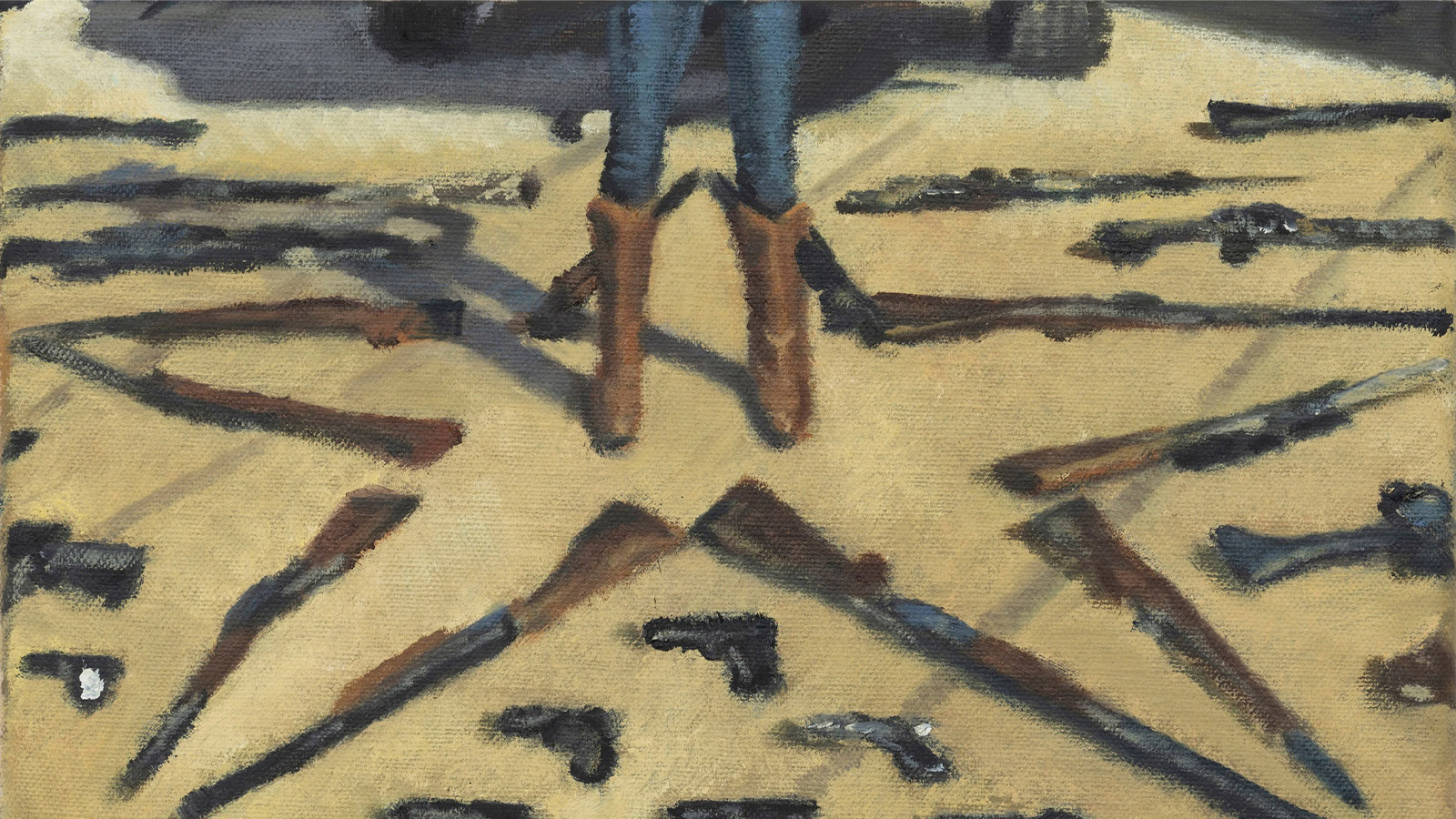 Los Angeles art exhibitions: the best shows to see in April 2025
Los Angeles art exhibitions: the best shows to see in April 2025Read our pick of the best Los Angeles art exhibitions to see this month, from Issy Wood's confession and concealment at Michael Werner Gallery to a Diane Arbus retrospective at David Zwirner
By Carole Dixon
-
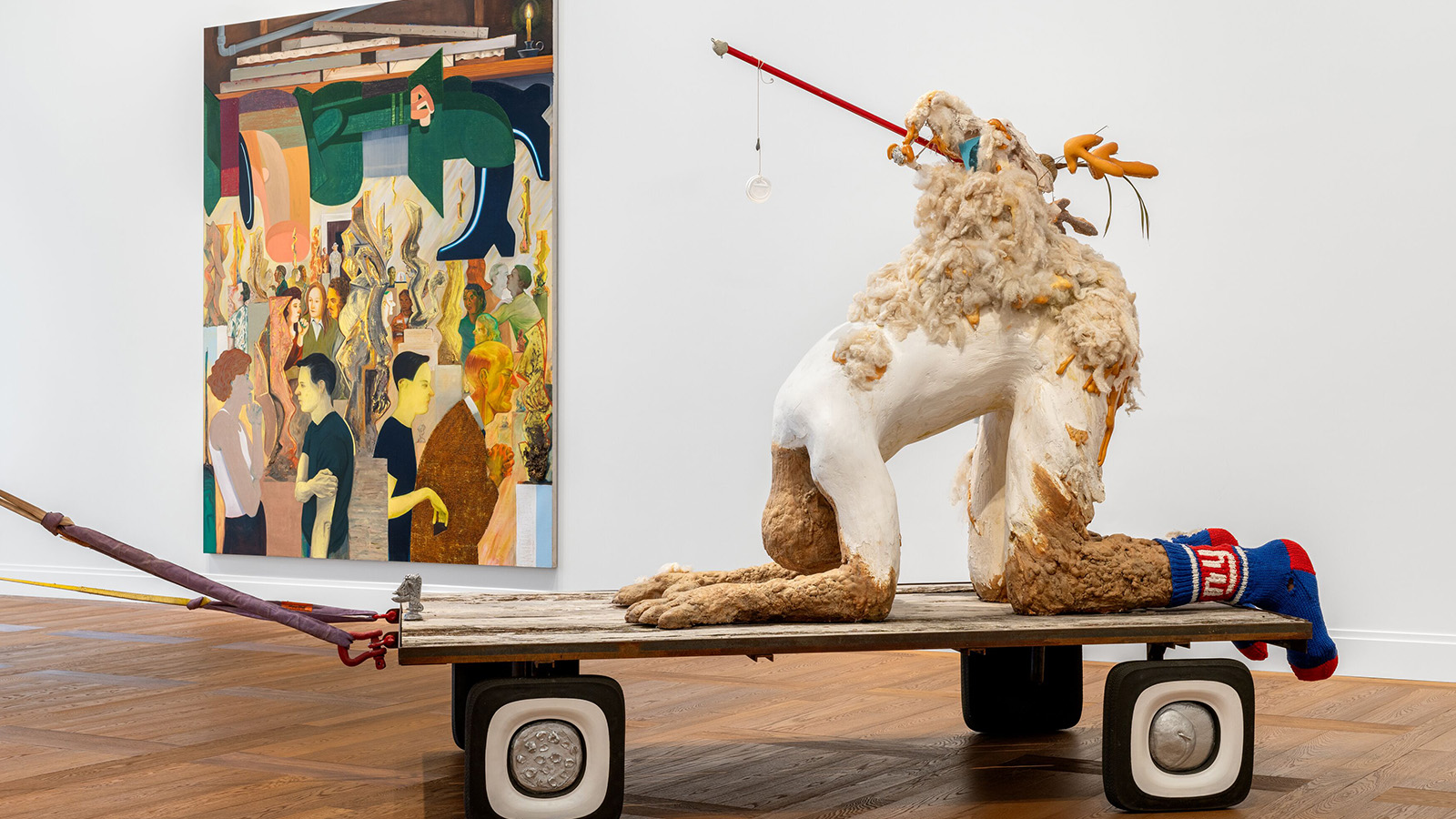 Nicole Eisenman explores the dimensions of sculpture and painting at Hauser & Wirth Paris
Nicole Eisenman explores the dimensions of sculpture and painting at Hauser & Wirth ParisNicole Eisenman presents ‘with, and, of, on Sculpture’, her first retrospective at Hauser & Wirth Paris drawing inspiration from political challengers to ABBA
By Tianna Williams
-
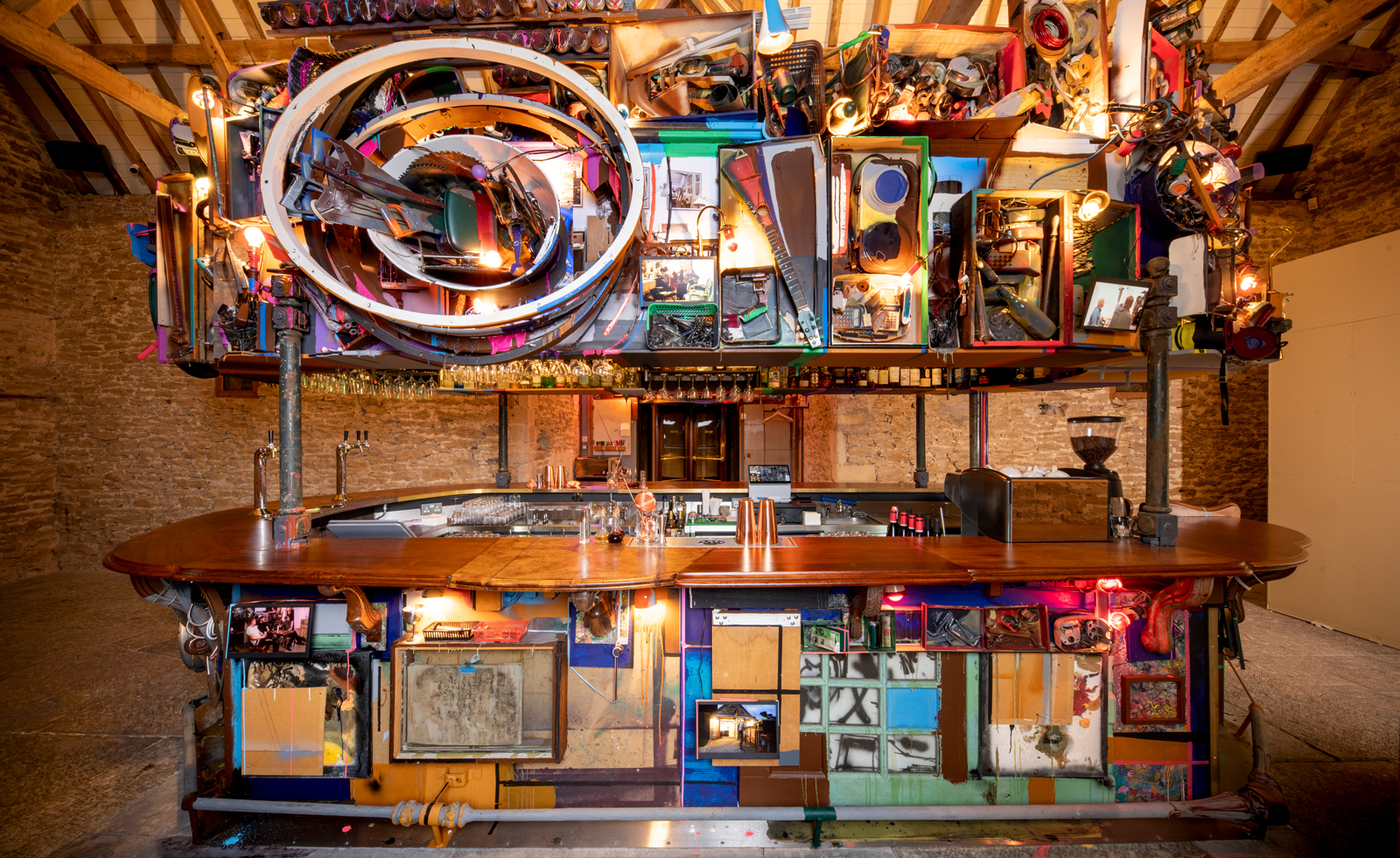 The Roth Bar at Hauser & Wirth Somerset serves up a cocktail of salvaged materials
The Roth Bar at Hauser & Wirth Somerset serves up a cocktail of salvaged materialsArt and entertaining meet in Oddur Roth’s bar sculpture at Hauser & Wirth Somerset, a site-specific installation and social hub
By Hannah Silver
-
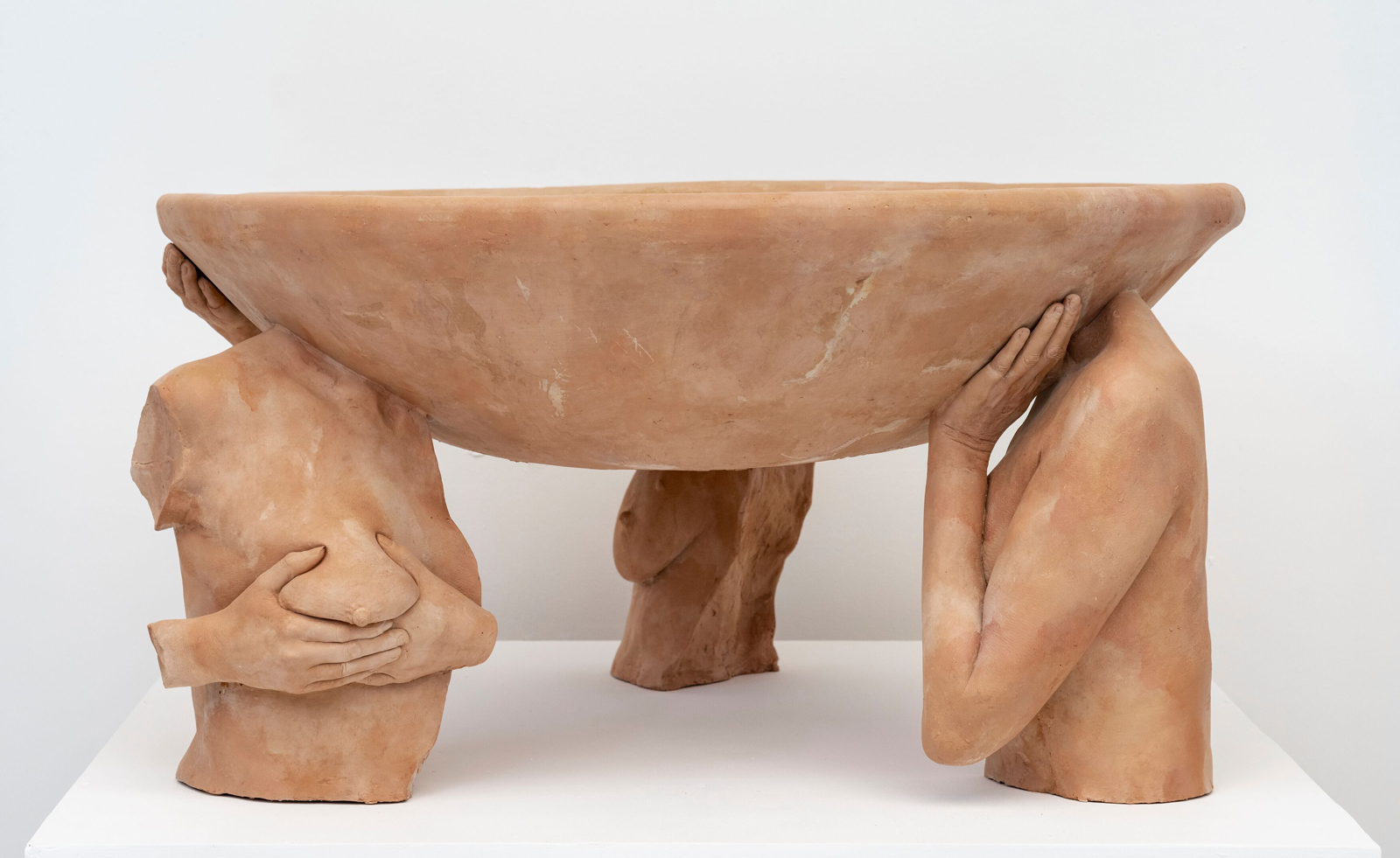 Who is the future of British art? Hauser & Wirth Somerset finds out
Who is the future of British art? Hauser & Wirth Somerset finds out‘Present Tense’ at Hauser & Wirth Somerset showcases some of Britain’s most exciting emerging talents with a group show of 23 artists
By Mary Cleary
